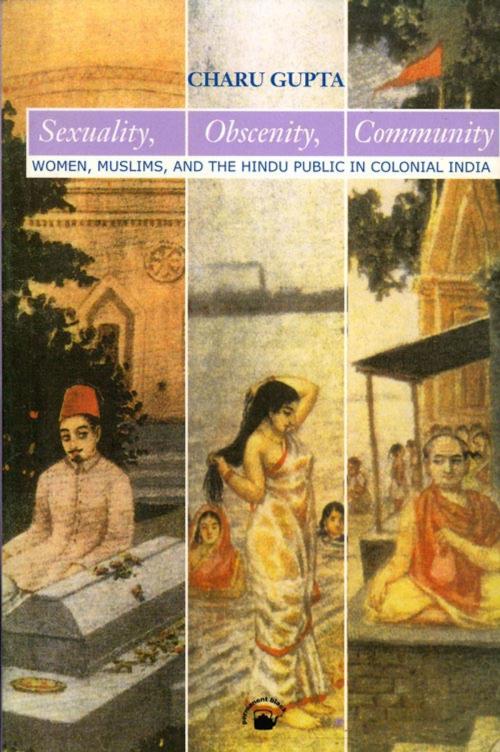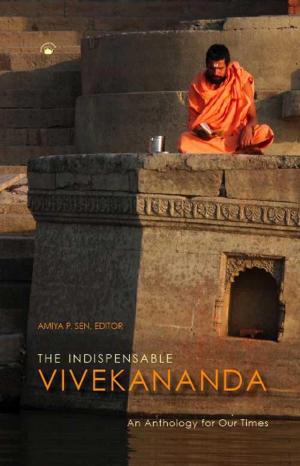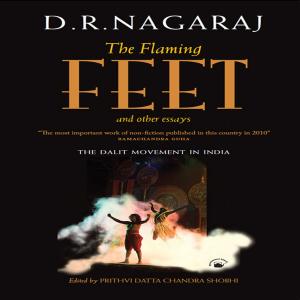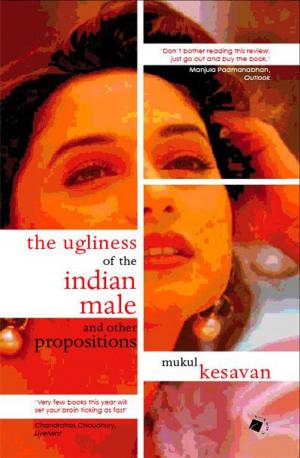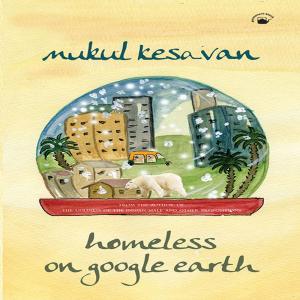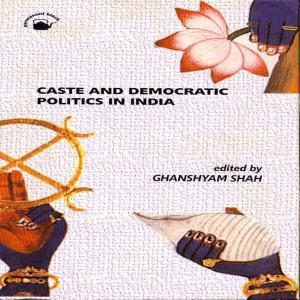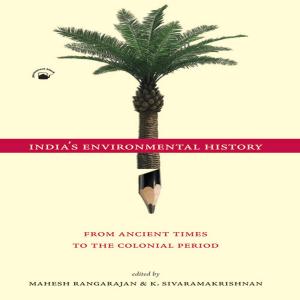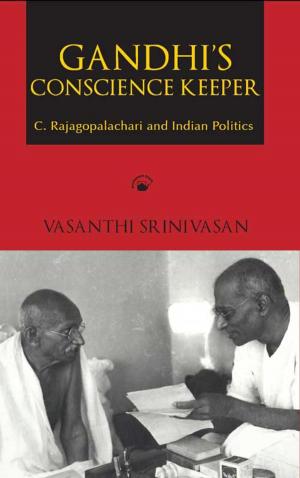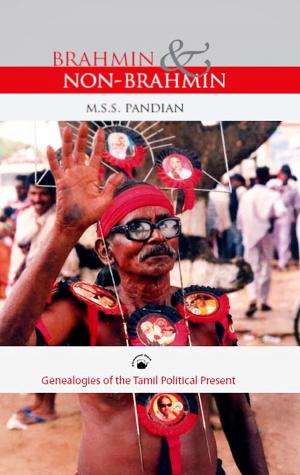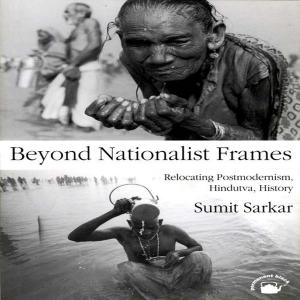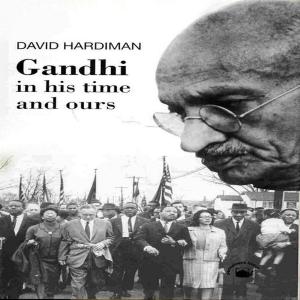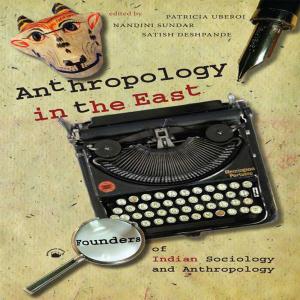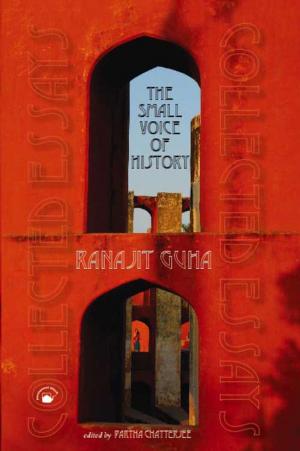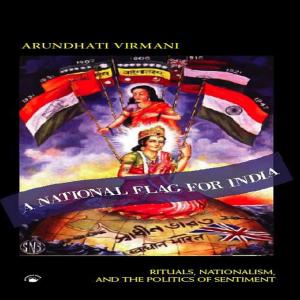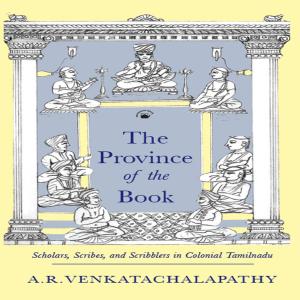Sexuality, Obscenity, Community
Women, Muslims, and the Hindu Public in Colonial India
Nonfiction, Social & Cultural Studies, Social Science, Gender Studies, Women&, Anthropology| Author: | Charu Gupta | ISBN: | 9788178244105 |
| Publisher: | Permanent Black | Publication: | December 13, 2012 |
| Imprint: | Language: | English |
| Author: | Charu Gupta |
| ISBN: | 9788178244105 |
| Publisher: | Permanent Black |
| Publication: | December 13, 2012 |
| Imprint: | |
| Language: | English |
The cultural imagination of Hindu India is the subject of this book. Anyone interested in the prehistory of present-day tensions between Hindus and Muslims will find it exceptionally valuable. Charu Gupta shows how gendered notions about women's sexuality and Muslim debauchery were used to pull together a heterogeneous populace into a coherent Hindu community in colonial north India. She traces the deliberations of (largely male) publicists on how to make Hindu women 'pure', on how to distance Hindus from Muslims, and on what constitutes Hindu sacredness and purity as opposed to Islamic lust and perversion. The book explores moral and sexual worries among an aspiring section of Hindu middle-class caste reformers. This group epitomised male fears over womens autonomy. It fused a coercive regulation of women with a larger project of replenishing Hindu patriarchy. This involved redefining literature, entertainment, and the domestic arena in order to forge a respectable, civilised and singular Hindu cultural and political identity. Semi-pornographic works, advertisements for aphrodisiacs, and popular culture are examined to reveal the complex and contested terrain of Hindi literature and Hindu identity.
The cultural imagination of Hindu India is the subject of this book. Anyone interested in the prehistory of present-day tensions between Hindus and Muslims will find it exceptionally valuable. Charu Gupta shows how gendered notions about women's sexuality and Muslim debauchery were used to pull together a heterogeneous populace into a coherent Hindu community in colonial north India. She traces the deliberations of (largely male) publicists on how to make Hindu women 'pure', on how to distance Hindus from Muslims, and on what constitutes Hindu sacredness and purity as opposed to Islamic lust and perversion. The book explores moral and sexual worries among an aspiring section of Hindu middle-class caste reformers. This group epitomised male fears over womens autonomy. It fused a coercive regulation of women with a larger project of replenishing Hindu patriarchy. This involved redefining literature, entertainment, and the domestic arena in order to forge a respectable, civilised and singular Hindu cultural and political identity. Semi-pornographic works, advertisements for aphrodisiacs, and popular culture are examined to reveal the complex and contested terrain of Hindi literature and Hindu identity.
